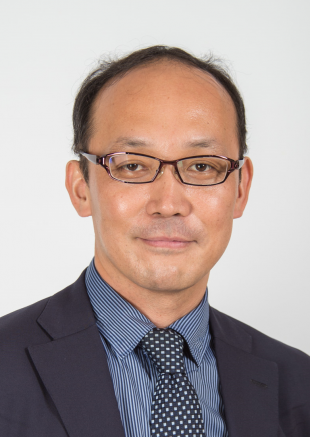Dr Mikio Sakai is currently Associate Professor in the Resilience Engineering Research Center in The University of Tokyo. He earned his Ph.D. degree from The University of Tokyo in 2006. Then, he became Assistant Professor in 2007 and Associate Professor in 2008. He has been Visiting Reader at Imperial College London since 2016. He extensively studies modeling of granular flows, multi-phase flows and the heat transfer, and the parallel computation techniques. He is a world-leading professor in computational granular dynamics, and hence has delivered lots of invited lectures in conferences. He holds important posts in powder technology community such as Director of Society of Powder Technology of Japan and Head of Simulation & Modeling Division in Association of Powder Process Industry and Engineering, JAPAN. At present, he is Associate Editor of Chemical Engineering Science and Editor of Granular Matter.

